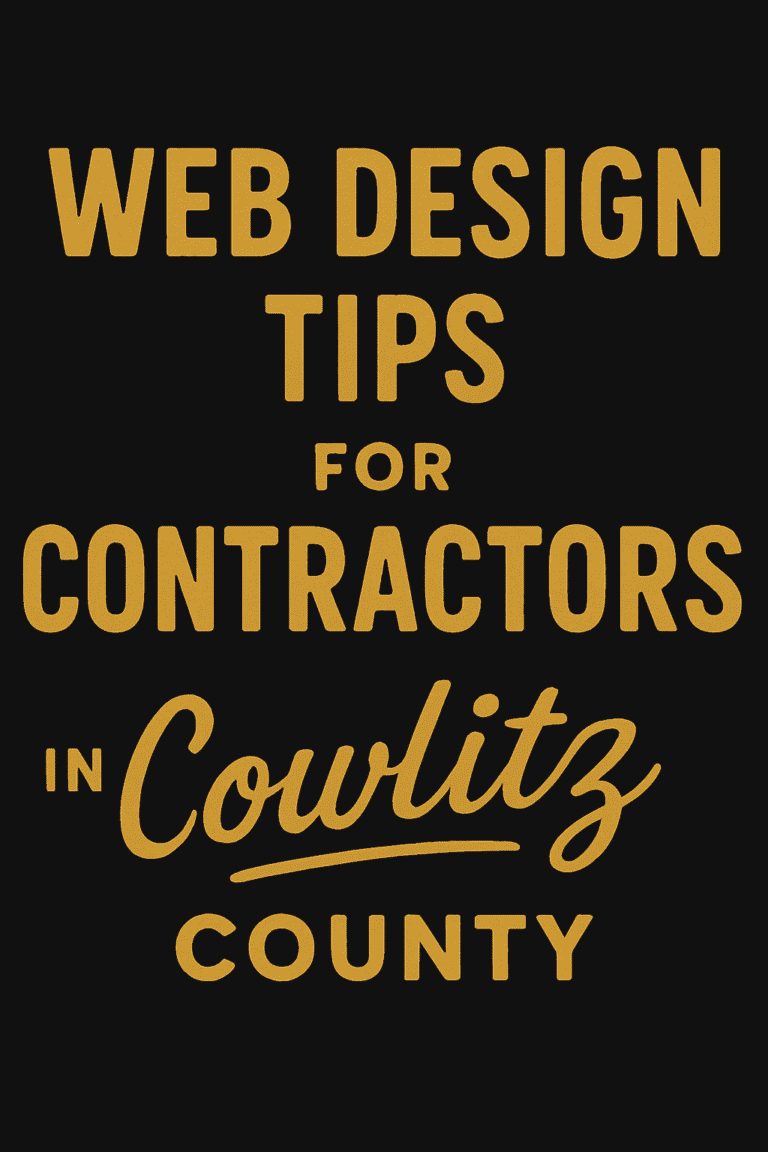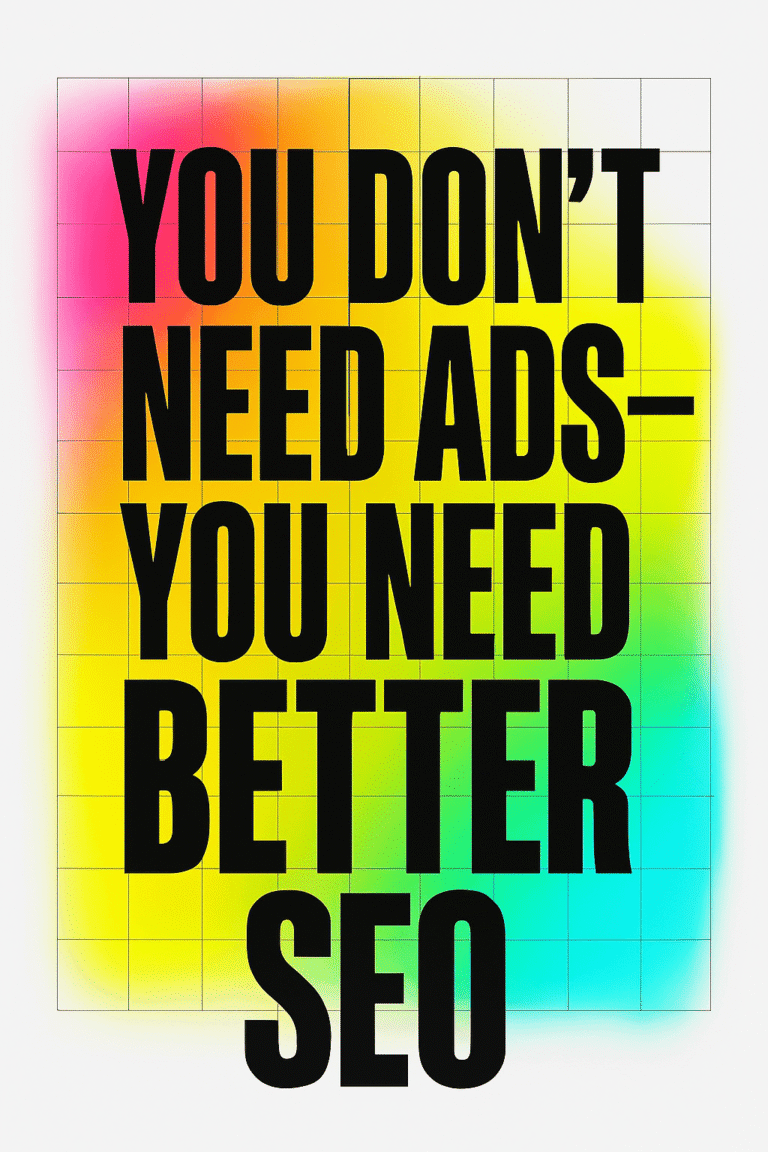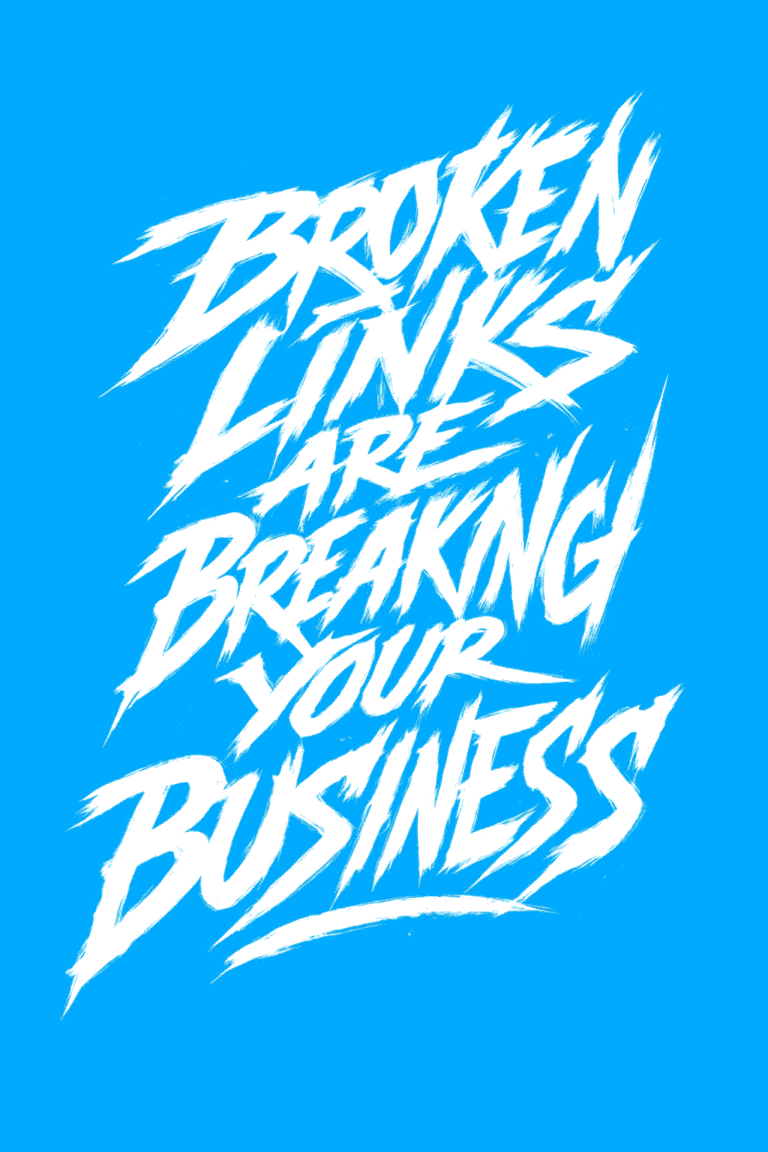
In an era where the internet has become the cornerstone of business and communication, the importance of web design cannot be overstated. It’s often the first encounter a potential customer has with a brand, setting the stage for all future interactions. A website is not just a platform; it’s a powerful tool for storytelling, a catalyst for engagement, and a critical component in building a brand’s identity and credibility.
However, in the quest to craft the perfect website, designers often face a central dilemma: should the focus be on stunning aesthetics or unwavering functionality? While an aesthetically pleasing design can captivate and impress, functionality ensures that the website is accessible, user-friendly, and practical. This balancing act between beauty and utility is a topic of frequent debate in the web design community.
At Graticle Design, we believe that the magic happens at the intersection of aesthetics and functionality. A visually stunning website that is a nightmare to navigate serves no one, just as a highly functional website that fails to engage its audience misses a critical opportunity. Our philosophy is rooted in the belief that the most effective web designs are those that marry form with function, creating an experience that is not only visually arresting but also intuitively usable.
As we dive deeper into this topic, we invite you to join us in exploring how striking the right balance can elevate your website from merely existing to truly thriving.
The Role of Aesthetics in Web Design
The Impact of First Impressions
The saying goes, “You never get a second chance to make a first impression,” and this holds profoundly true in web design. Aesthetic appeal plays a pivotal role in how users perceive a website within the first few seconds of their visit. A visually appealing site can communicate professionalism, attention to detail, and a sense of trustworthiness. Conversely, a cluttered or outdated design can lead to snap judgments that drive users away, potentially before they’ve even had a chance to explore what you have to offer.
How Aesthetics Contribute to Brand Identity and Trust
Aesthetics extend far beyond mere embellishments; they are the visual embodiment of a brand’s identity and values. Through the use of color schemes, typography, and imagery, a website can convey a brand’s personality, whether it be professional, innovative, friendly, or edgy. This visual language not only differentiates a brand from its competitors but also fosters a sense of familiarity and trust among its audience. When users recognize and resonate with a brand’s visual identity, they’re more likely to feel a connection and, in turn, place their trust in it.
Examples of Aesthetic Elements
- Color Scheme: Colors can evoke emotions and set the tone for a user’s experience. The psychology behind color choices is crucial, as different hues can trigger different responses.
- Typography: The fonts used on a website contribute to its personality and readability. Careful selection and pairing of typefaces can enhance the user experience and reinforce brand identity.
- Imagery: Images, illustrations, and videos are powerful tools for storytelling and engagement. They should be high quality and relevant, serving to complement the content rather than distract from it.
Potential Pitfalls of Overemphasis on Aesthetics
While aesthetics are undoubtedly important, overemphasis can lead to potential pitfalls. A website that is heavy on graphics but light on substance can alienate users who are seeking information or specific services. Additionally, overly complex designs can slow down site performance, negatively impacting user experience and search engine rankings. It’s also essential to consider accessibility; designs that prioritize aesthetics at the expense of readability or navigability can exclude a significant portion of the audience.
In summary, aesthetics play a crucial role in web design, but they must be balanced with other crucial elements to create a successful website. In the next section, we’ll explore the importance of functionality and how it complements and enhances the aesthetic aspects of web design.
The Importance of Functionality
Definition of Functionality in Web Design
Functionality in web design refers to the practical aspects of a website that make it not just navigable, but intuitive and user-friendly. It’s about ensuring that the site serves its intended purpose effectively, allowing users to accomplish their goals with ease. A functional website is more than just a static brochure; it’s an interactive tool that facilitates a seamless and productive user experience.
The Significance of User Experience (UX)
User experience, commonly referred to as UX, is the heart of functionality. It encompasses all aspects of a user’s interaction with a website, from the ease of finding information to the satisfaction of completing a task. Good UX is achieved when users can navigate a website without confusion or frustration. It’s about creating a logical flow that guides users effortlessly from point A to point B, making their journey not just satisfactory, but enjoyable.
Key Components of a Functional Website
- Navigation: Clear and intuitive navigation is essential. Users should be able to find what they’re looking for without unnecessary clicks or confusion.
- Load Time: A fast-loading website is crucial. Users are likely to abandon a site if they have to wait too long for pages to load.
- Mobile Responsiveness: With the increasing use of mobile devices to access the web, a website must perform well across all device types and screen sizes.
- Accessibility: A functional website must be accessible to all users, including those with disabilities. This includes considerations for screen readers, keyboard navigation, and more.
- Call-to-Actions (CTAs): Clear and compelling CTAs guide users toward taking desired actions, whether it’s making a purchase, signing up for a newsletter, or contacting your business.
Consequences of Neglecting Functionality
Neglecting functionality can have several negative consequences for a website. A site that’s difficult to navigate or slow to load can lead to increased bounce rates, where users leave almost as quickly as they arrive. Poor functionality can also affect a website’s search engine ranking, making it harder for new users to discover the site in the first place. Ultimately, a lack of focus on functionality can undermine a website’s purpose, leading to lost opportunities and diminished returns on investment.
In the next section, we’ll explore strategies for achieving the delicate balance between aesthetics and functionality, ensuring that your website not only captivates but also delivers a superior user experience.
Striking the Right Balance
The Concept of User-Centered Design
User-centered design is a framework that prioritizes the needs, preferences, and behaviors of users throughout the design process. The aim is to create products that are not only aesthetically pleasing but also highly functional and tailored to the user’s needs. By adopting a user-centered approach, designers can ensure that both aesthetics and functionality are given equal consideration, resulting in a harmonious and effective website.
Techniques for Achieving Harmony between Aesthetics and Functionality
- Responsive Design Practices Responsive design is a method that ensures a website looks and functions well on any device, whether it’s a desktop, tablet, or smartphone. By using flexible layouts designers can create a single website that adapts to different screen sizes and orientations. This approach not only enhances the user experience but also maintains the aesthetic integrity of the design across platforms.
- Hierarchical Structuring for Ease of Navigation A clear hierarchical structure is crucial for intuitive navigation. By organizing information logically and prominently displaying key elements, users can easily understand the layout of a website and find what they need. This involves thoughtful placement of menus, headings, and content, ensuring that the design guides users naturally through the site without overwhelming them with choices or information.
- Integrating Aesthetic Elements without Compromising Performance Aesthetics and functionality can complement each other when design elements are integrated thoughtfully. For example, designers can use visually appealing icons to direct users’ attention to important functions or use animation to enhance understanding of complex concepts without causing distractions. The key is to employ aesthetic elements in a way that adds value to the user experience rather than detracting from it.
Striking the right balance between aesthetics and functionality is both an art and a science. It requires a deep understanding of user behavior, a keen eye for design, and a commitment to creating an experience that is both beautiful and practical. By focusing on user-centered design and employing techniques that harmonize aesthetics with functionality, designers can create websites that not only capture the user’s attention but also deliver a seamless and satisfying experience.
The Last Word
Now that we’ve navigated through the intricate dance of aesthetics and functionality in web design, several key points have emerged. The visual appeal of a website makes a powerful first impression, setting the tone for user engagement and establishing brand identity. However, the functionality of a site ensures that this engagement is meaningful, allowing users to interact with ease and efficiency.
The importance of striking a balance between these two elements cannot be overstressed. A website that dazzles visually but falters in functionality falls short of its potential, just as a site that functions smoothly but lacks visual appeal may fail to draw users in. The sweet spot lies in marrying the two — creating a website that is not only a feast for the eyes but also a pleasure to navigate.
We encourage designers and business owners alike to prioritize both aesthetics and functionality in their web design projects. Consider the user’s journey from start to finish, and strive to create an experience that is cohesive, intuitive, and delightful. Remember, a well-designed website is more than just a pretty face; it’s a tool that works for you, enhancing your brand and facilitating your goals.
For those seeking expert assistance in crafting a website that embodies this balance, Graticle Design is here to help. With a wealth of experience in creating websites that are both beautiful and functional, our team is adept at bringing your vision to life. We invite you to reach out and explore how we can elevate your online presence.





